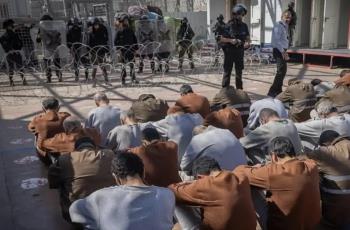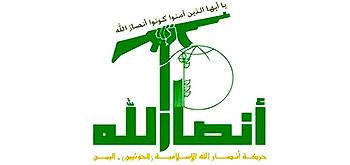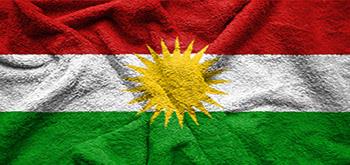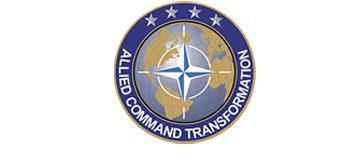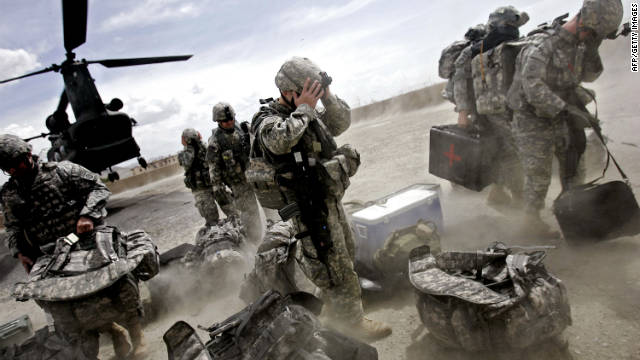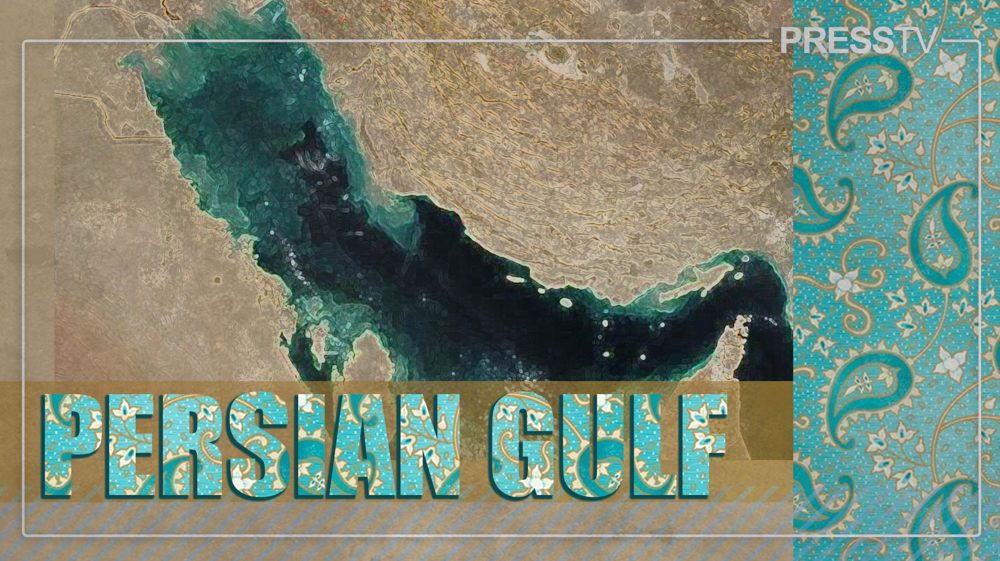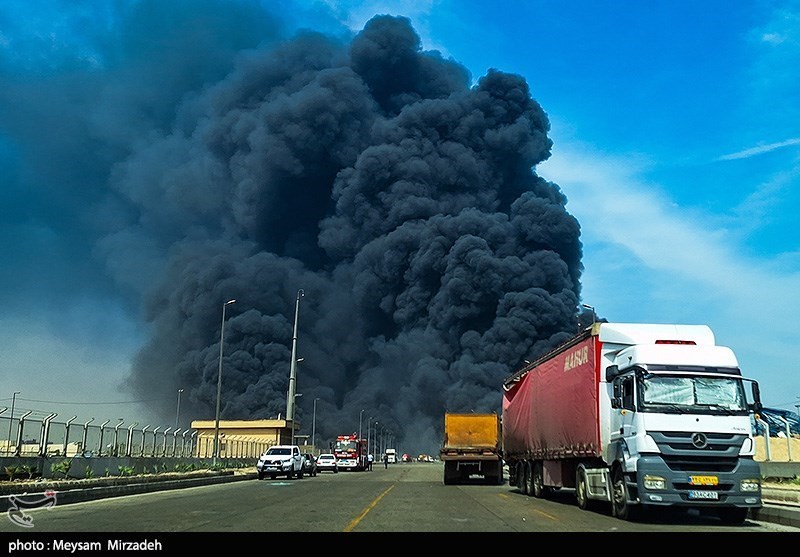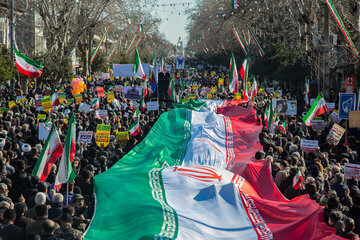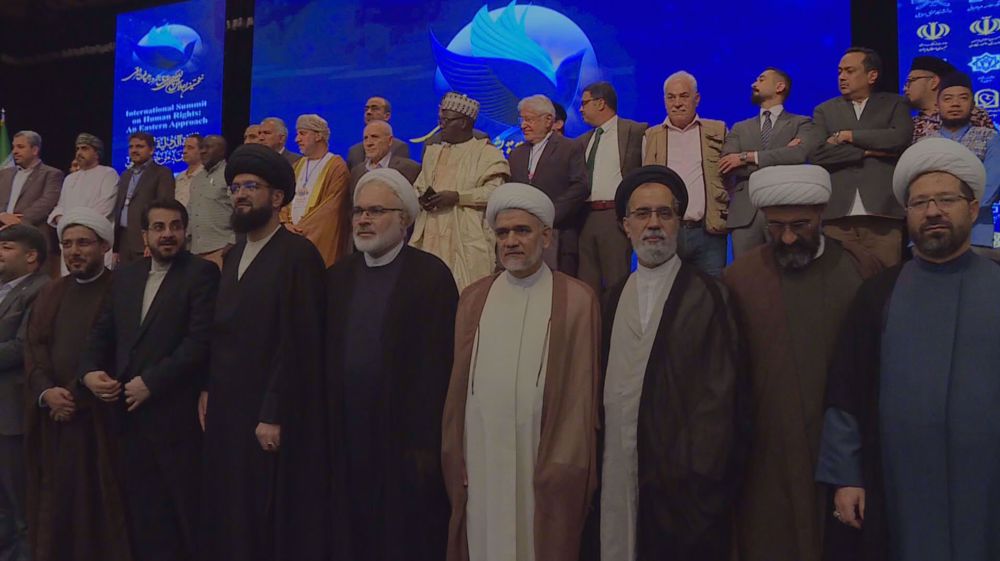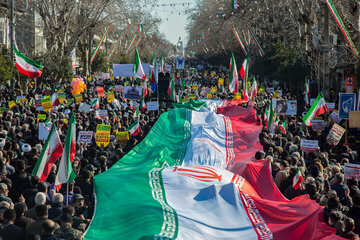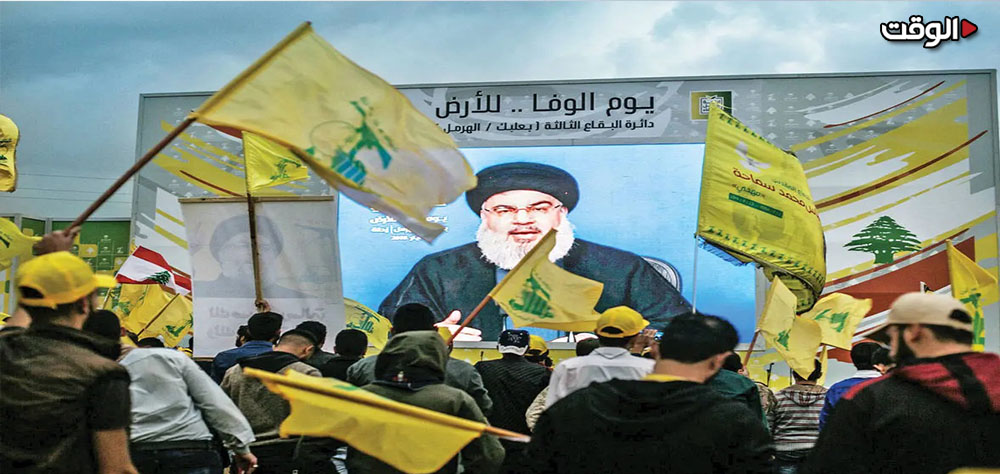Alwaght-Despite the end of US-led foreign forces’ invasion in Afghanistan, militant attacks by the Taliban and US drone strikes continue to take a heavy toll on Afghan civilians
After over 13 years, the US and NATO have announced to end their war in Afghanistan. As the Taliban expands its power in the region, fears are growing over whether Afghan forces will be able to maintain security.
Media reports say the change in mission, which has been marked by a ceremony in the Afghan capital, Kabul, is largely symbolic.
At least 13,500 foreign forces, mainly from the US, will remain in Afghanistan in a support mission as NATO declared its task to be wrapped up by January 1, 2015.
NATO says the forces will focus more narrowly on counterterrorism and on training Afghan soldiers and policemen. Under the new mission, the US-led forces will also enter into operations against the Taliban or intervene with airstrikes in support of the Afghan military.
The so-called Operation Enduring Freedom, the US name for the war in Afghanistan, is to be replaced with “Operation Resolute Support,” with the avowed aim of training, advice, and assistance for the Afghan security forces and institutions.
A spike in militant attacks comes as Kabul and Washington recently signed the so-called Bilateral Security Agreement (BSA), under which nearly 13,500 US-led troops remain in Afghanistan beyond the 2014 deadline for the withdrawal of foreign troops from the country.
“It is the Bilateral Security Agreement or BSA that has prompted the Taliban to step up their bombings against NATO forces in recent weeks. Taliban do not want to give up the fight as long as foreign troops are based in Afghanistan,” said political analyst, Fazil Ghani Haqmal.
Taliban militants in Afghanistan say the NATO forces have been defeated, a day after the US-led forces announced the end of their 13-year war in the country.
In a statement released by the Taliban militants, they considered the official ending of the war on Afghanistan to be “a clear indication of their defeat and disappointment.”
“America, its invading allies... along with all international arrogant organizations have been handed a clear-cut defeat in this lopsided war,” the statement read.
The Taliban militant group has also vowed to escalate attacks on Afghan forces and US-led troops, their bases, diplomatic missions, and vehicle convoys.
More than a decade after the US-led invasion of Afghanistan under the pretext of war on terror, insecurity remains across the country.
Tens of thousands of Afghans have fallen victim to the US-led war in Afghanistan, with thousands of foreign troops, mainly Americans, killed during the time span.
According to the latest figures released 3,500 foreign soldiers have been killed in Afghanistan since 2001.
However, concerning the Afghan public, they are definitely against the new plan. They say it is a ploy devised for an indefinite neo-colonial occupation of the country.
The 13 year invasion of Afghanistan by the US-led NATO forces was more than enough to make the Afghan people furious about the so-called BSA especially that civilian death toll continues to rise due to US drone strikes and Taliban attacks.
The United Nations says civilian casualties in Afghanistan increased by 19 percent in 2014, reaching a record high.
The UN Assistance Mission in Afghanistan (UNAMA) said on December 20 that at least 3,188 civilians lost their lives and another 6,429 sustained injuries in the war-torn country by December.
“The number of civilians killed and injured this year in Afghanistan is the highest ever recorded by the United Nations,” UNAMA said in its annual report, adding that the number of casualties among women and children increased by 14 percent and 33 percent, respectively.
Meanwhile, civilians remain the main victims of the US drone attacks, which Washington claims to be targeting militants.
On December 26, five civilians lost their lives when a drone struck Baraki Barak District in Afghanistan’s eastern province of Logar.
Latest official data show that at least 160 people, mainly civilians, have lost their lives and 260 others sustained injuries in a spate of terrorist attacks across Afghanistan in December 2014.
According to the figures released on Thursday, more than 30 bomb attacks took place in Afghanistan in the last month of 2014.
In the deadliest attack, at least 26 people were killed by a missile that struck a house during a wedding party in Afghanistan’s troubled southern province of Helmand. Forty five people were also injured during the incident, which occurred in the Sangin district of the province.
The UN estimates that the number of civilian deaths reached a new high this year - over 3,100. In 2007, the death toll stood at 1,523. According to the UN, the number of civilian deaths will exceed 10,000 by the end of 2014.
Beside civilian casualties, another negative impact on the Afghan society caused by the NATO invasion was the drug trade. War has always been about resources and control. Alongside the supposed surprise discovery of Afghanistan’s $1 trillion wealth of untapped minerals, opium crop have been eradicated to some extent in the Golden Crescent before the US-led NATO invasion. By 2005, more than 90% of the world’s opium was coming from the war torn country, most of which was processed into heroin and sold in the US and Europe.
As reported by Global Research:
“Immediately following the October 2001 invasion, opium markets were restored…By early 2002, the opium price (in dollars/kg) was almost 10 times higher than in 2000. In 2001, under the Taliban opiate production stood at 185 tons, increasing to 3400 tons in 2002 under the US sponsored puppet regime of President Hamid Karzai.”
The United States and its allies invaded Afghanistan in 2001 as part of Washington’s so-called war on terror. The offensive removed the Taliban from power, but insecurity remains across the country despite the presence of thousands of US-led troops.
NATO’s primary objective in Afghanistan is to enable the Afghan authorities to provide effective security across the country and ensure that the country can never again be a safe haven for terrorists, and to reduce the strength of Taliban.
NATO's presence has now came to a formal end with a flag-lowering ceremony in the capital, Kabul. The handover was held at an undisclosed location because of the threat posed by the Taliban.
So has NATO achieved its objectives, and is Afghanistan ready to take charge of its own security?
Recently, Afghan President Ashraf Ghani called on the army and police to defend Afghanistan from Taliban militants as the US-led troops are ending their operation in the war-torn country.
He said Afghan forces are now solely responsible for security in the country, adding, “I would like to congratulate the Afghan nation that today our security forces have become successful in defending sovereignty and taking full security responsibility.”
Afghan forces now officially assume full responsibility for their country’s security after US-led foreign forces announced the end of their 13-year war in the violence-ravaged country.
Answering the previous question, experts say that the NATO forces failed in achieving their declared objectives.
This contradicts what US President Barack Obama said in the conclusion of Washington’s combat mission, when he described their mission in Afghanistan as a “milestone.”
Experts view the mission as a total failure and disappointment without having achieved anything substantial or tangible. Especially that this war cost the US a figure of 1 trillion dollars and almost 2500 military fatalities.
The Afghan people view this whole war nothing but sabotage, and the question still remains, is Afghanistan ready to take charge of its own security?
After 13 years of devastation from the NATO forces at one side and the terrorist Talibans on the other, Afghanistan needs to stand up on its own legs relying on what it has to confront terrorism, drug trade, and other national issues left behind as traces of the NATO invasion. Obviously Afghanistan has to cooperate with its Muslim neighbors such as Iran and Pakistan to join a united front against terrorism and drugs.
Yet as the majority of US troops prepare to leave Afghanistan, along with their Nato counterparts, the operations can only be seen as a failure.

